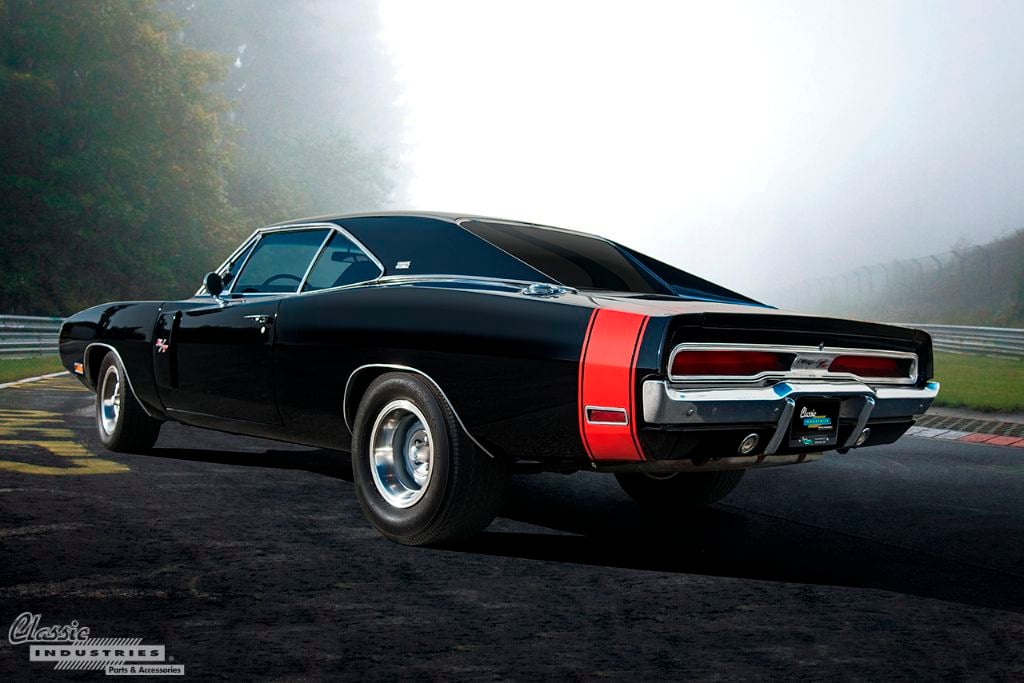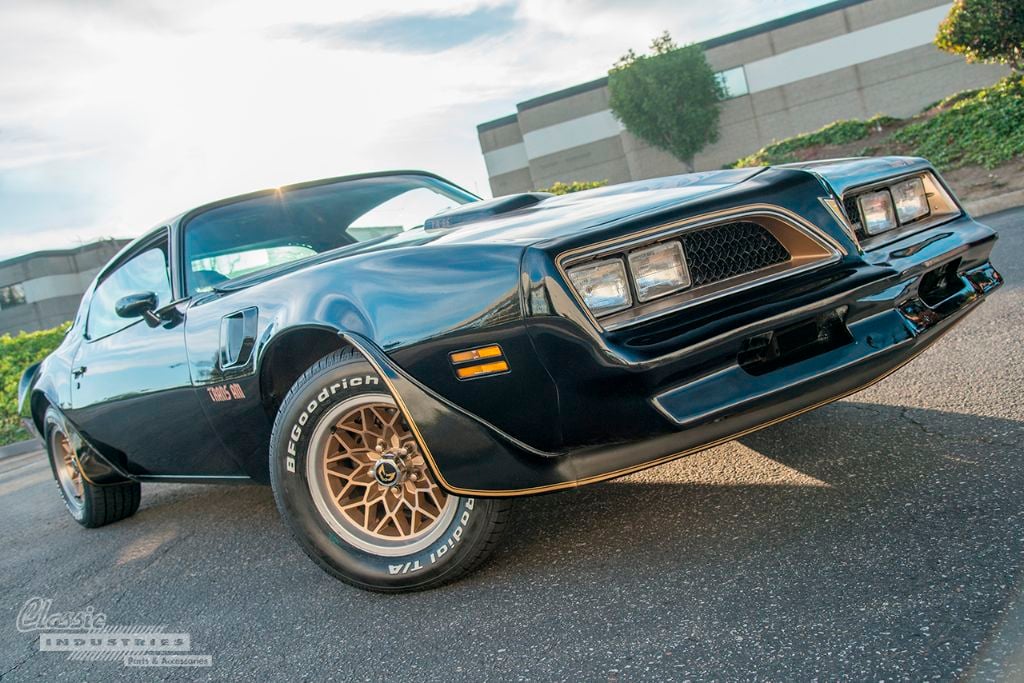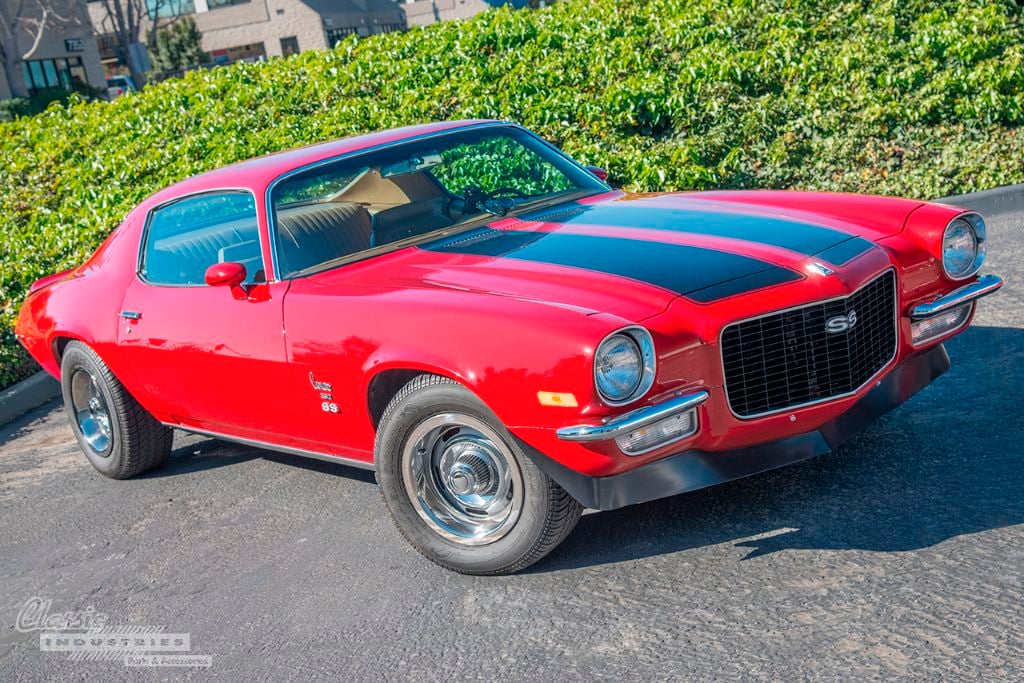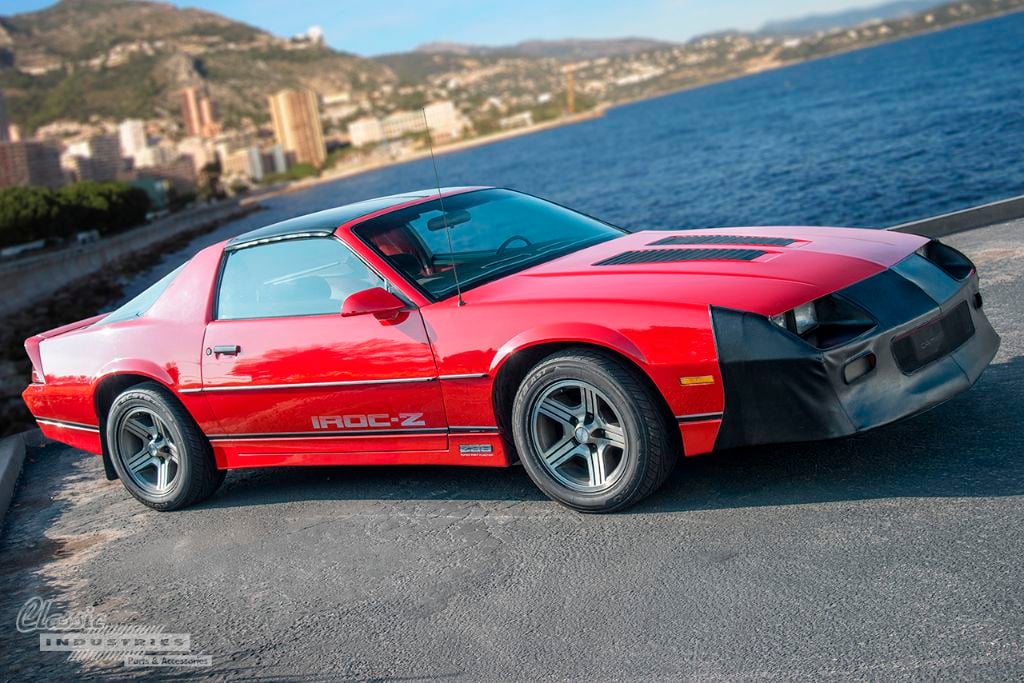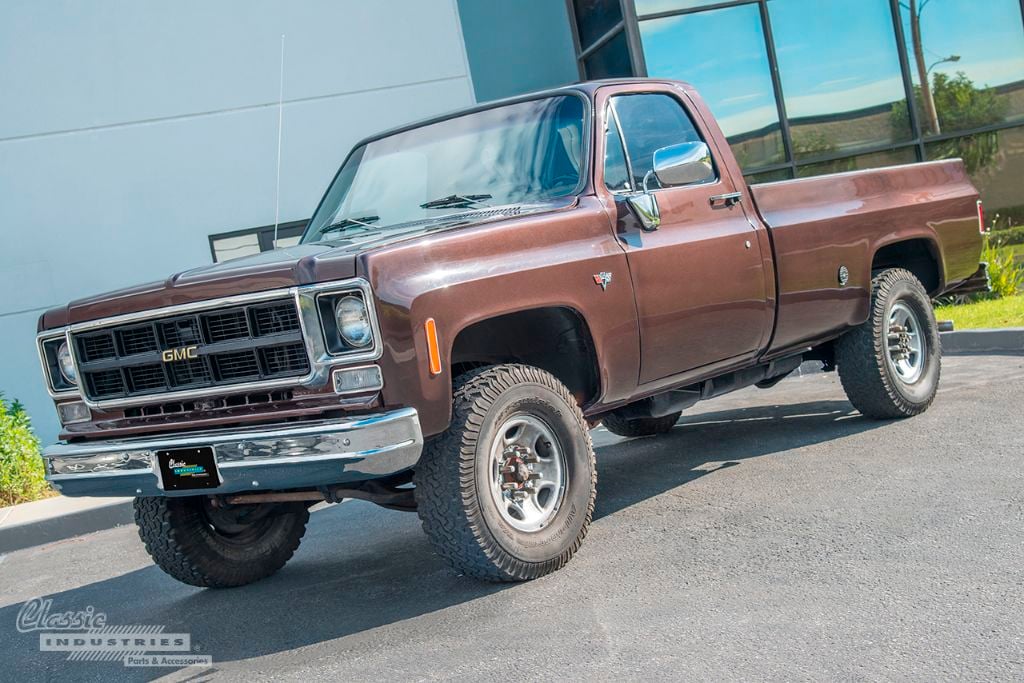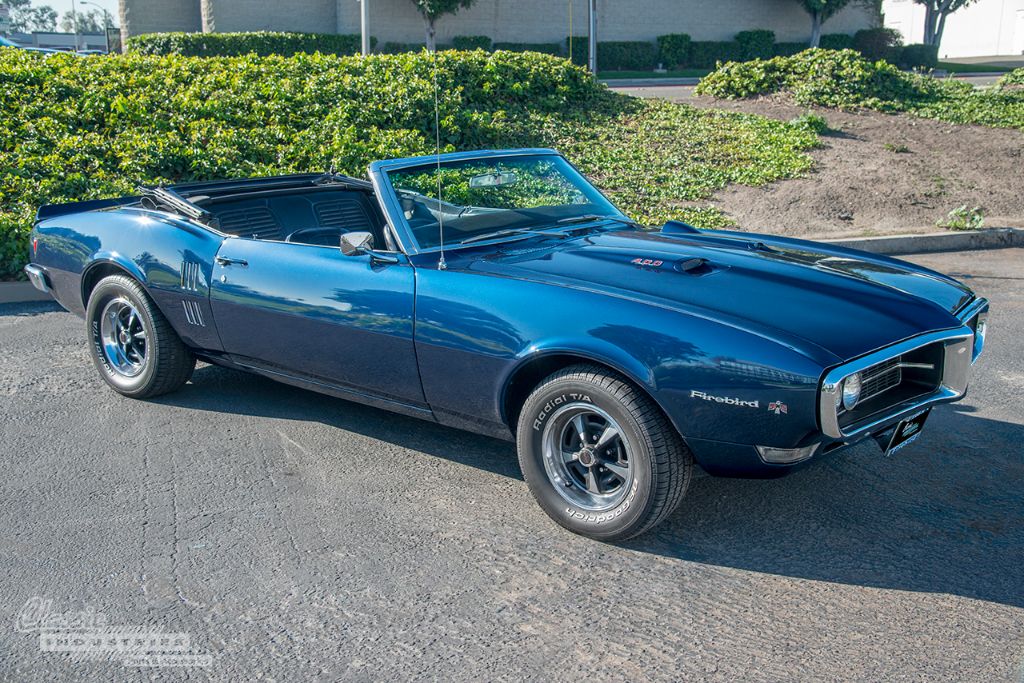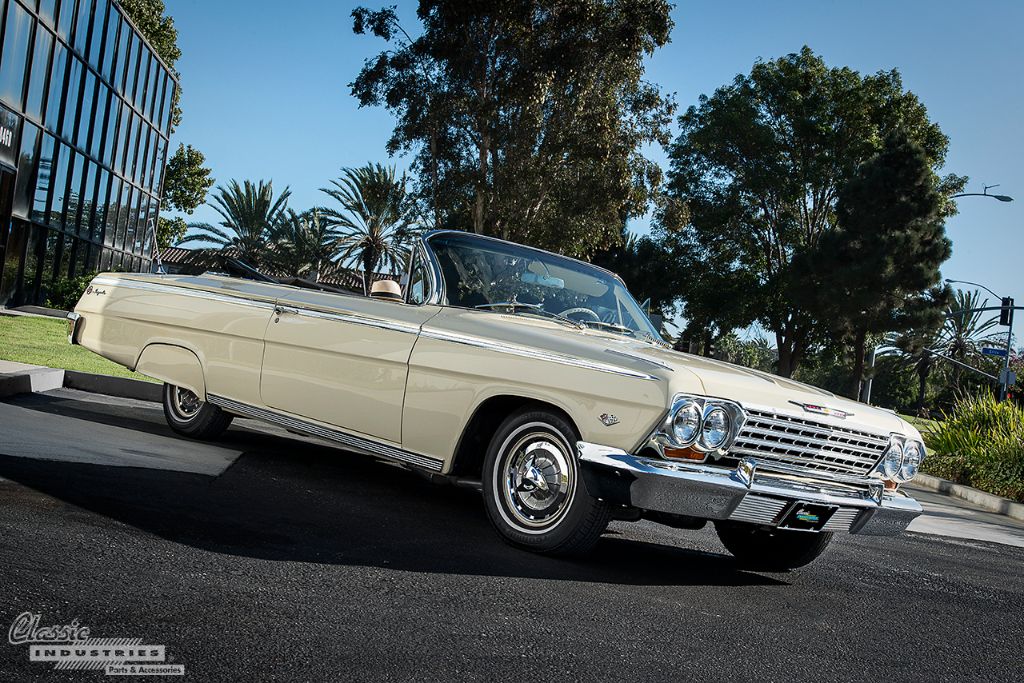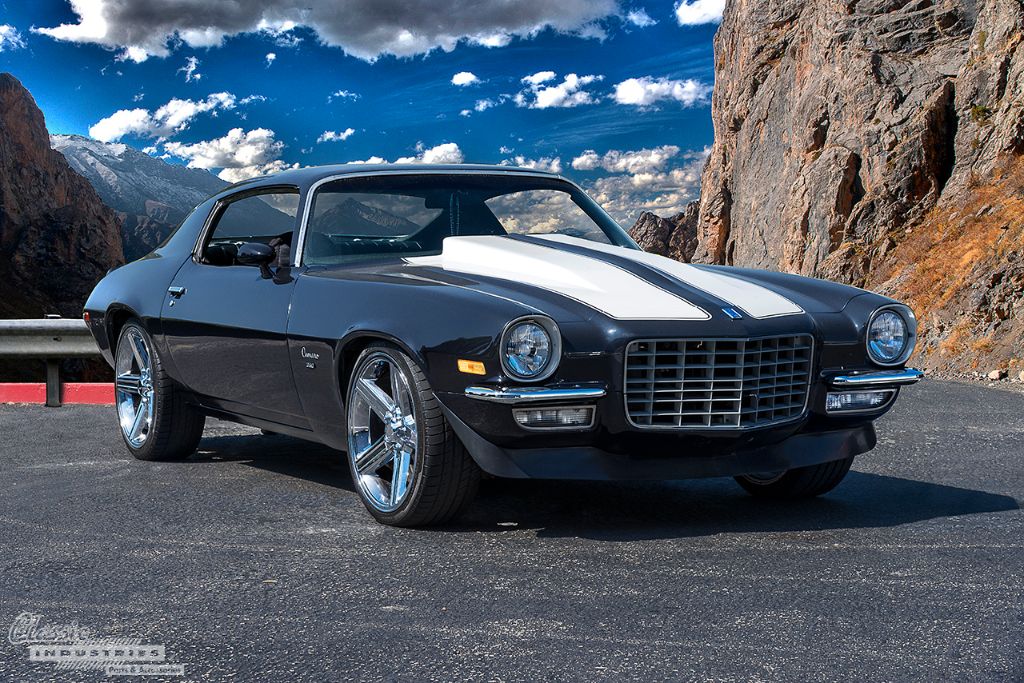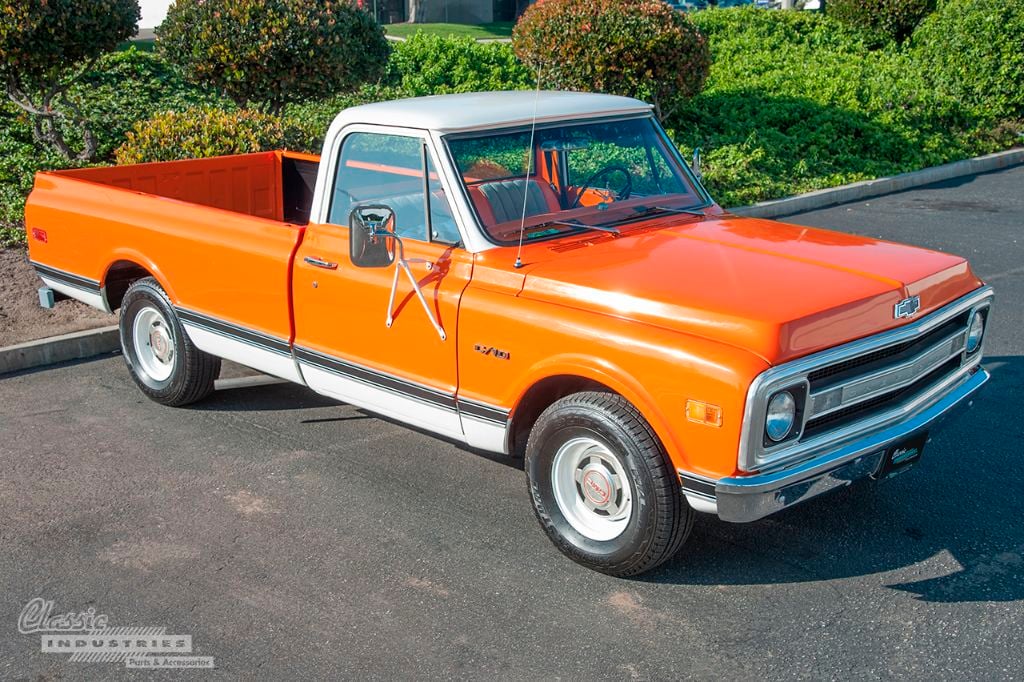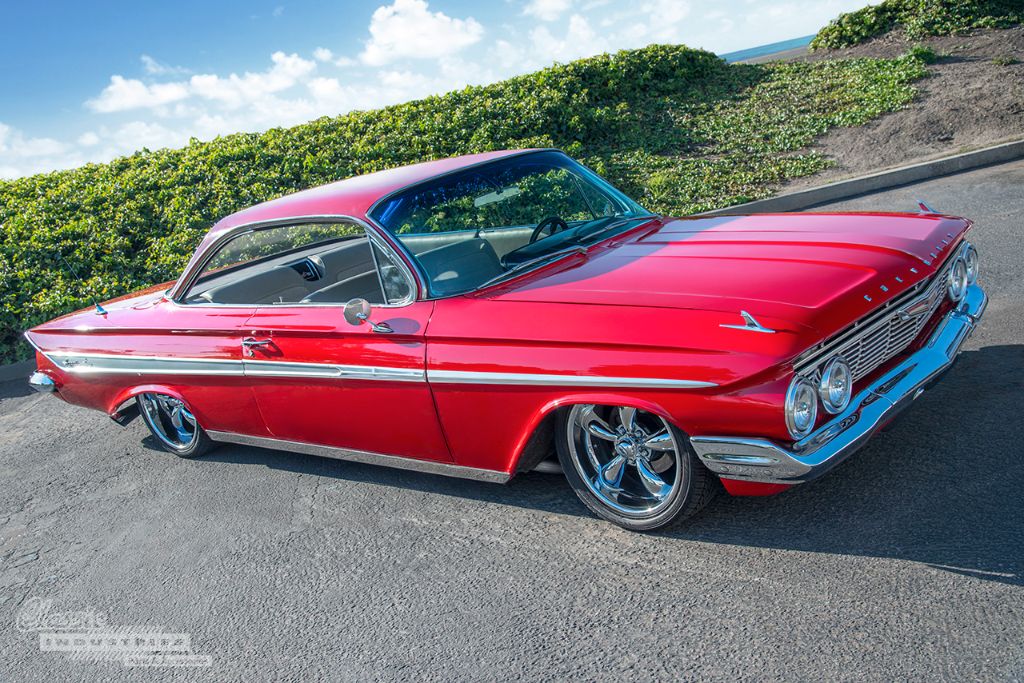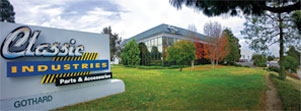R/T--two letters that will instantly put a smile on the face of any classic Mopar enthusiast. Representing "Road/Track", the R/T package bridged the gap between an ordinary street car and a hardcore track machine. In the case of the 1970 Charger seen here, the R/T badges mean it came standard with a 440ci Magnum V8 that produced 375hp and a whopping 480lb-ft of torque. The R/T model also included heavy-duty suspension components, simulated scoops on the doors, sleek one-piece tail lamp trim, and a longitudinal rear "bumblebee" stripe. In 1970, the Charger R/T replaced the Charger 500 at the top of the model's three-level performance hierarchy (aside from the race-ready Daytona model).



